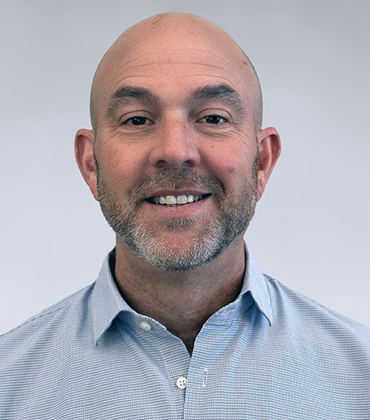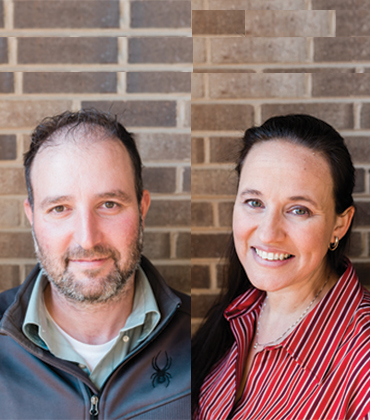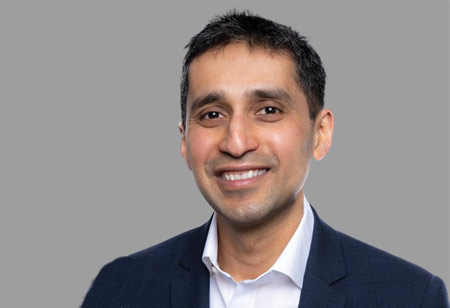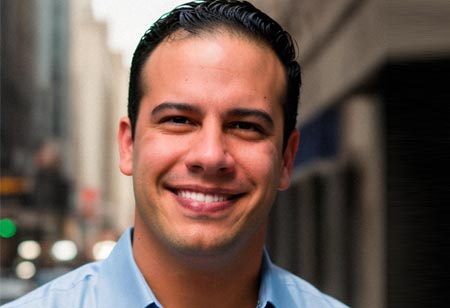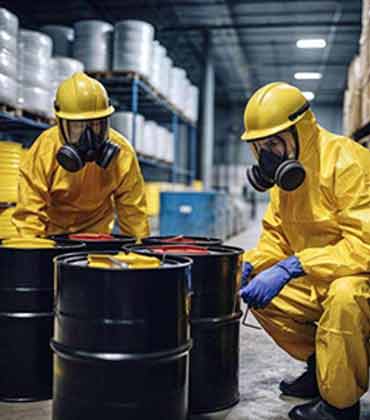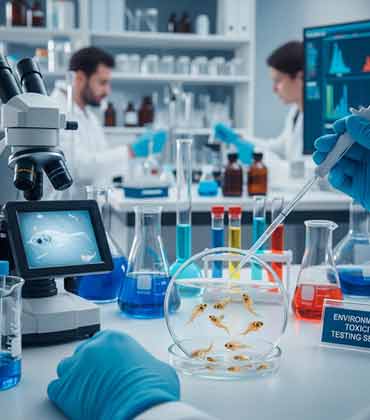Thank you for Subscribing to Environmental Business Review Weekly Brief
Environmental Business Review: Specials Magazine
The Clean Water Act of 1972 established a set of objectives related to the protection of America’s water resources by limiting the scope and/or volume of chemicals discharged to its surface waters. The initial focus of determining the environmental acceptability of wastewaters was limited to analytical measurements of the concentrations of individual chemicals in complex waste streams. This approach was ultimately determined to be insufficient due to the recognition that organisms respond to the concentration of bioavailable contaminants and not necessarily the total concentration as measured in most analytical procedures. And given the lack of analytical procedures for the tens of thousands of registered chemicals, the objectives of the legislation were simply not feasible. Organisms will also respond to the totality of contaminants present and those contaminants in combination may create either synergistic or antagonistic effects that could under- or overestimate toxic effects. This evolution in understanding and enlightenment led to the development of Whole Effluent Toxicity (WET) testing methods in the mid 1980s prompting the “birth” of the biomonitoring industry. AquaTox Research, Inc. (ARI) was founded as a spin-off from a Syracuse, NY based organization in 1992 by Dr. Frank Doherty, a lab manager with that organization since 1987. The scope of aquatic toxicity testing and consulting services offered since the Corporation’s inception has shifted over time to align with the data demands of the local regulatory community. This field would not exist without the regulatorily driven testing requirements from state and federal agencies to comply with environmental legislation. Dr. Doherty and ARI have witnessed and participated in its evolution since its first days 33 years earlier. Most recently, since 2022, NYS has required its aquatic toxicity testing contractors to be accredited by the NYS Department of Health through the Environmental Laboratory Accreditation Program (ELAP), creating requirements for technical competence alongside independently audited quality assurance.” “The singular goal of the Corporation is to help companies not pollute,” says Dr. Francis Doherty, lab director. This mission is carried out through two primary functions. The first function is to conduct routine acute and chronic toxicity tests with the fathead minnow, Pimephales promelas, and the aquatic invertebrate cladoceran, Ceriodaphnia dubia. New York State regulators typically require quarterly toxicity tests with both species for one year out of a 5-year permit cycle. If during that process test results exceed the limits published in a facility’s discharge permit, there is a testing requirement referred to as a Toxicity Identification/Reduction Evaluation (TI/RE). The second function of ARI is to assist permittees either locate the source and/or identity of the toxic materials and suggest approaches for remediation within a TI/RE program. ARI utilizes a non-traditional approach to the application of TI/RE programs relying on the expertise and knowledge of plant operators in conjunction with targeted toxicity testing activities to achieve compliance. The NYS DEC also routinely requires permittees to perform compliance testing when Water Treatment Chemicals (WTC) are put into service. ARI provides compliance testing either through toxicity tests of the WTCs themselves or routine WET testing to demonstrate environmental acceptability of the treated wastewater. Outlining the toxicity profile of WTCs to the standard test organisms is required to ensure an adequate safety factor between toxicity test limits and proposed dosage rates in contrast to the issuance of conditional approval for the use of the WTCs contingent upon demonstrating environmental acceptability in a series of routine effluent toxicity tests.
Top Hazardous Waste Management Solution 2025
WasteLinq is transforming hazardous waste management into a fully connected ecosystem like never before. By bringing together generators, service providers and disposal facilities, it replaces outdated silos with a living network where decisions happen in real time, data speaks across every touchpoint and visibility becomes a baseline expectation. The platform began as an internal solution for Co-founder and CRO Sean Easton, who originally built it to streamline operations at his own company, Effective Environmental. From profile approvals to coordination with treatment, storage and disposal facilities, Easton and his team managed it all, setting a new operational standard for the industry. “We never set out to build a software company,” Easton says. “We just needed a smarter way to manage the work. Over time, it became very clear that the entire industry did too.” While many generators still rely on email chains, service providers juggle spreadsheets and disposal facilities operate in isolation, WasteLinq offers a unified alternative. It bridges silos, accelerates approvals, reduces redundant data entry and restores visibility across the entire waste chain. Each implementation begins with a close look at how a team works, not just their data but the flow, the people and the daily pressure points. The WasteLinq team often visits sites, studies workflows and helps configure the system to match real needs. While the software isn’t custom-built, its flexibility allows users to tailor it without added complexity. That level of alignment has translated into real operational gains. Clients report completing 50 percent more of the same work than they could using previous manual processes. A key contributor to that efficiency is OneProfile, a solution to one of the industry’s biggest bottlenecks, profile creation and approval. Trained on hundreds of thousands of historical profiles, the system generates a preliminary waste profile from just a few user inputs, which can then be reviewed and edited. From there, disposal options appear automatically, along with associated vendor costs and timelines. Once selected, the system completes all necessary documentation, including entries into external Disposal Facility portals, making the profile ready for submission in minutes. Clients have cut profile creation time in half and reduced average approval times by over 30 percent..
Industrial Hygiene Consulting Services Provider
Industrial hygiene goes beyond ticking safety checkboxes. It is the foundation for implementing a safety culture within organizations of all sizes and industry verticals. Whether commercial or public, property owners and corporate executives are constantly seeking industry professionals who can improve their regulatory stance, remediate risky situations and implement guardrails for a welcoming workplace. For over four decades, Soil and Land Use Technology (SaLUT) has been helping commercial spaces and educational institutions take a step beyond baseline safety in the District of Columbia, Maryland and Virginia (DMV). A leading consulting civil engineering player, the firm specializes in geotechnical engineering, subsurface exploration, construction materials testing, environmental engineering/remediation, occupational health and safety, and Industrial hygiene. Its services include regulatory compliance, air quality studies, mold assessments and remediation, vacuum excavation and building environments consultation with a focus on air quality and water system solutions. At the heart of its service excellence is a seasoned team of technically knowledgeable staff, comprising professional engineers, safety professionals, certified industrial hygienists, and environmental scientists, as well as an extensive team of industrial hygienists, plumbers and qualified technicians. “Our employees are our greatest assets. We have dedicated project managers for each division, whether asbestos, lead or new environmental concerns, including the new industry focus on PFAS. Our technical staff undergo continuous education, and we leverage industry conferences and third-party programs to keep our team updated,” says Andy McAllister, Vice President at SaLUT. Continuous improvement is in SaLUT’s DNA. The consulting firm helps clients implement regulatory measures to the tee while anticipating and preparing for emerging exposure risks.
CXO INSIGHTS
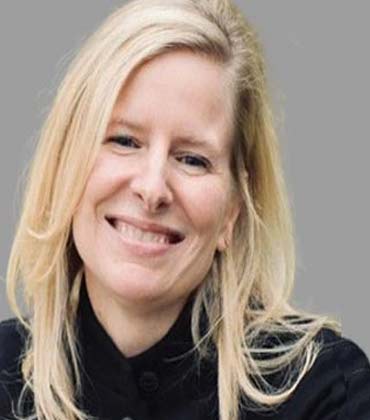
Integrating Environmental Stewardship in Energy Businesses
Christy Clark, Director, Environmental Management and Safety, DTE Energy
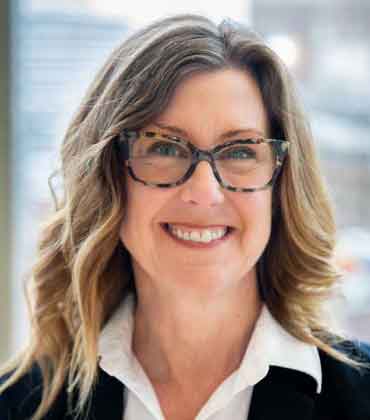
25 Years of Environmental Excellence: Celebrating Delaware Norths Greenpath Program
Debbie Friedel, Corporate Director of Sustainability, Delaware North

Sustainable Solutions: Partnering with Plastic Beach to Recycle Plastic Film
Joe Hess, MPH, CSP, Sr. Director, EH&S, Gilead Sciences, Inc

Transforming Operations through Safety, Sustainability, and Innovation
Angela Cook, Head of Energy, Environment and Safety Audits and Systems Americas, Schaeffler
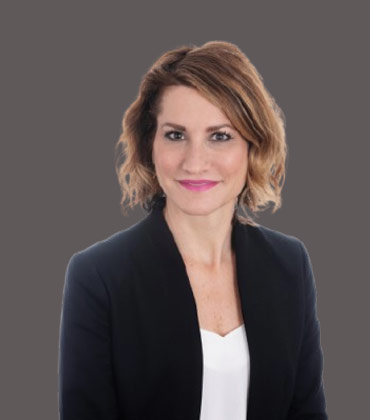
Leading Safety and Sustainability with Purpose
Lori Santoli, CSP, Vice President of Global EHS, International Flavors and Fragrances (IFF)
IN FOCUS
Advancing Safety: Innovations in Hazardous waste Management
Organizations that use intelligent hazardous waste management systems are better equipped to meet ESG standards and enhance resilience against environmental risks.
Adaptive Testing Services Reshaping Environmental Accountability
Environmental toxicity testing is evolving into a strategic, sustainable, and intelligent service model, offering real-time insights and industry-specific value.
EDITORIAL
Safeguarding Industry and Environment through Science and Responsibility
In an age where sustainability has become the cornerstone of industrial progress, companies offering Environmental Toxicity Testing Services, Hazardous Waste Management Solutions, and Industrial Hygiene Consulting are playing an essential role in protecting both people and the planet. These specialized services form the foundation of responsible industrial operations, ensuring compliance, minimizing risk, and fostering a culture of environmental accountability. Environmental Toxicity Testing serves as the first line of defense against ecological harm. It assesses the potential effects of chemicals, effluents, and industrial by-products on living organisms, providing critical data for safe manufacturing and waste disposal. This process enables industries to identify hazards before they reach ecosystems, supporting preventive measures that align with global environmental standards. Hazardous Waste Management Solutions address one of the most urgent challenges of modern industry: the safe treatment, storage, and disposal of toxic waste. Providers in this field design systems that meet strict regulations while prioritizing sustainability through recycling, recovery, and waste reduction strategies. Their expertise ensures industrial growth continues without compromising public health or environmental integrity. Industrial Hygiene Consulting Services completes this framework of protection by focusing on the human factor, safeguarding workers from chemical, physical, and biological hazards. Consultants assess workplace conditions, implement exposure control programs, and train personnel in safety best practices, creating healthier and more productive environments. Together, these services build a holistic shield of protection. They help industries balance innovation with responsibility, turn compliance into competitive strength, and reaffirm their commitment to environmental stewardship. In an era defined by climate urgency and corporate accountability, the partnership between science and sustainability has never been more crucial or more promising. In this editorial, we are featuring insights from Ian Renteria, Global Environmental, Health and Safety Director at Pregis, and Ivor Castelino, Energy Transition Leader - Biogas and Carbon Capture, Bloom Energy.



